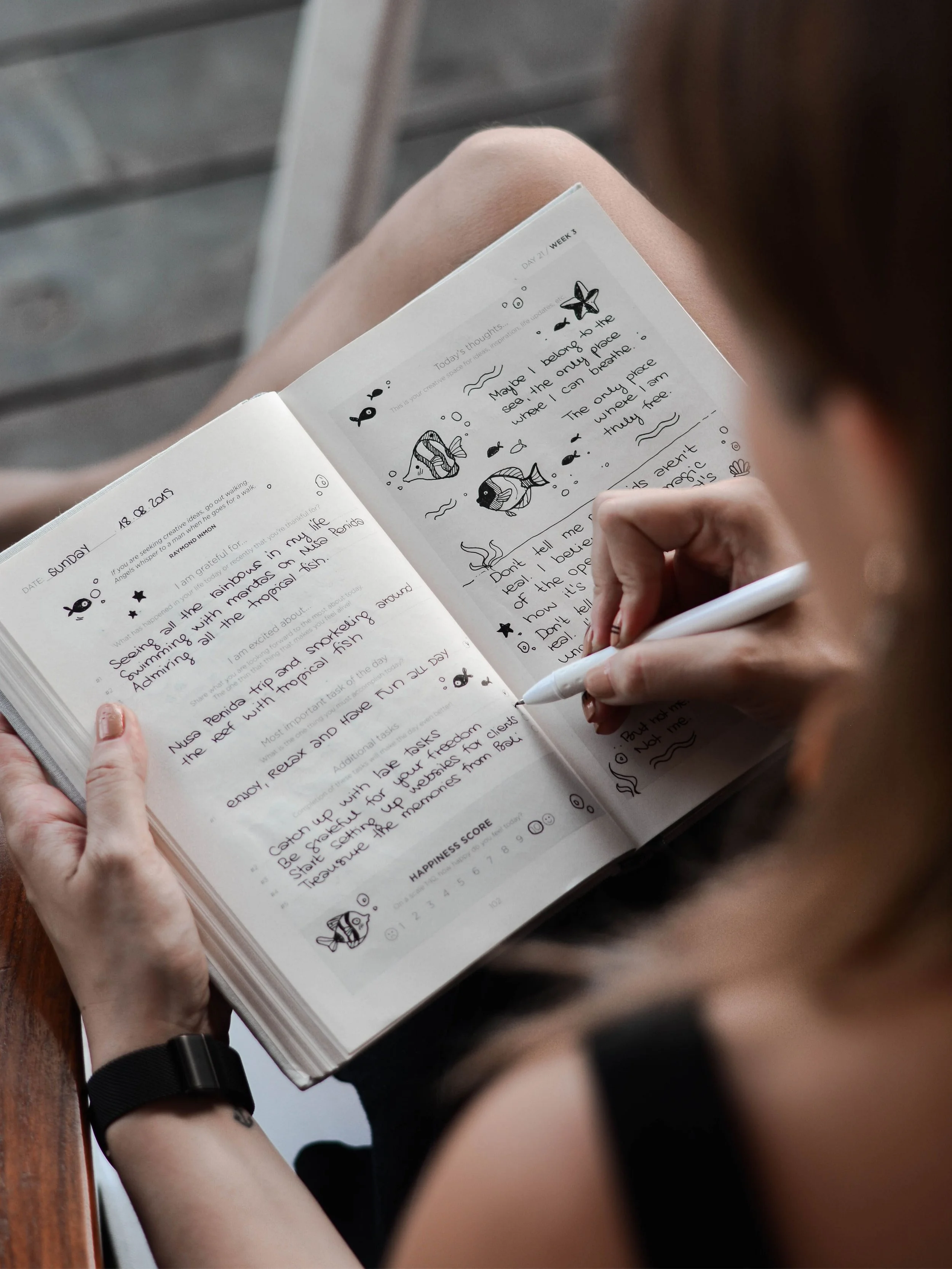Note-Taking 101 by Suzanne Scheideker Cook
“For some time, it is my habit to use images when preparing a speech. Rather than write it down, I illustrate it.” – Dario Fo
This blog is dedicated to Alex, one of my readers, who sent an email to me letting me know that she does not have any of the habits mentioned in the Making Note-Taking A Habit blog post. She usually does not like bringing a pen and a writing pad with her to meetings. The reason for this is because the pen often gets lost and the writing pad gets wet. (Alex lives in a region with a lot of rainfall.) Also, according to Alex, “her handwriting sucks.” Never fear on this last point, most folks do not have handwriting (or printing) that could be considered even close to being legible.
Alex’s constructive comments made me think why and how I started notetaking and the tricks learned over time that helped me take better notes. There are three parts to the “Why?” The first part is that I learned shorthand and started my career as a clerk-typist. So, often my job was to take minutes at various meetings. The “How?” is that over time, my shorthand evolved into capturing key phrases, using standard shorthand symbols and my own doodles, as well as developing my own boxing and numbering system that represented different priorities. Now, for the second part of the “Why?” You do not need readable handwriting to use some of the tips listed below. (Remember, only you need to make sense of your notes.) For the last part of “Why?” My notetaking abilities started new friendships, helped me remember processes and events clearly, and sometimes saved the day for others and for me.
Here are some Note-taking 101 pointers that may help you:
Remember this is YOUR notetaking system. So, please experiment and find out what works for you.
Give yourself time to see what does and does not work for you. Also, don’t be hard on yourself. When you are trying something new, it may feel uncomfortable or it does not look like the example online or in the book. When this happens, refer to #1 on this list.
Incorporate some of the traditional shorthand symbols into your notetaking system. You already know these symbols. They are @, #, $, and &. I use k for thousands and m for millions. So, instead of writing one hundred thousand or $100,000, I write $100k in my notes.
Expand the use of symbols in your notetaking system by creating your own. For instance, I use arrows (up and down), circles, and stars. One of the ways I use arrows is to tie related issues or points together because in a meeting, sometimes folks come back to a subject that was discussed earlier. I use circles and boxes to identify and prioritize my action items.
Experiment with doodling and drawing images to illustrate ideas in your notes. This style of note taking is also referred to as Sketchnoting. (Doodling your ideas instead of writing them may also help you stay awake in a long, long meeting.)
Try bullet journaling. You can use bullet journaling to record your “to-do’s”, thoughts, and other information that will help you stay on track and on task.
I use steno pads for all my notetaking (and journaling). Why? Because I am a “leftie”. These pads are spiral-bound on the top instead of the left-side of most spiral-bound notebooks and three-ring binders. So, using this type of paid does cause either my notes or my left wrist to be smeared with ink or pencil. (Lefties understand this problem.) I also like the price which is $1.99 per pad ‘cuz I’m cheap.
What type of pad, journal, or notebook should you use? Again, it needs to work for you. Take a tour of your local Office Depot or Staples store or take a tour of the different offerings online. The more elegant journals have places to keep your pen or pencil.
If you lose your pen, ask someone else if they have a spare pen you can use. It gives you an opportunity to break the ice. Remember to always return the pen. (While this is a great fallback occasionally, do not do it constantly because breaking the ice will turn into becoming an annoyance to others.)
Your personal Note-taking 101”challenge is to check out “The Sketchnote Handbook – The Illustrated Guide to Visual Note taking” by Mike Rhode. Visit www.https://rohdesign.com/handbook. When you visit his website, spend the time to watch the 30-minute video geared for sketchnoting beginners.
Alex, many thanks again for the inspiration for this blog. Lastly, when in doubt, refer to #1 on the Notetaking 101 List. Happy note-taking!


